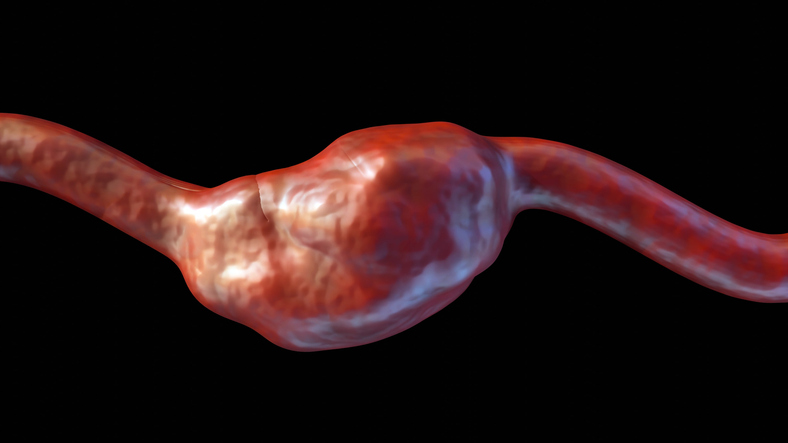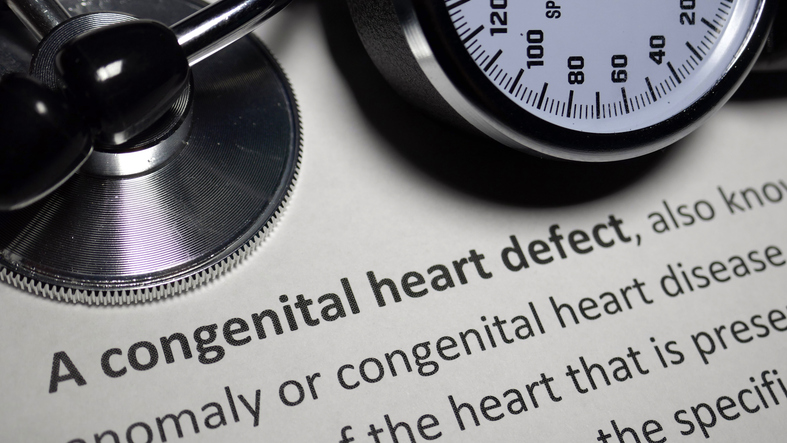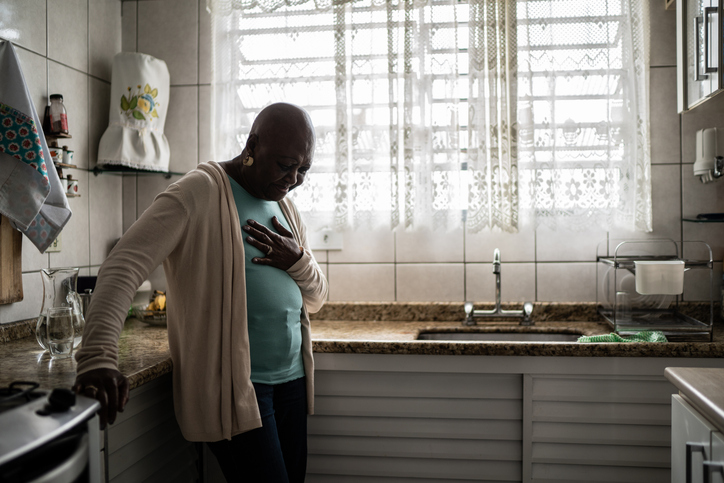
Dapagliflozin appears safe and effective across different diuretic subgroups of heart failure patients, a new analysis confirmed.
Published in Circulation Heart Failure, the substudy of patients in the DAPA-HF trial, which looked at the SGLT2 inhibitor dapaglifozin for the risk of worsening heart failure, included 4,616 analyzable patients. Of those, 736 were on no diuretic, 1,311 were taking a diuretic dose equivalent to <40 mg furosemide, and 1,402 were taking 40 mg at baseline. The primary study endpoint was a composite of cardiovascular death or a worsening heart failure event, as well as its components, plus all-cause death and symptoms.
According to the results, dapagliflozin was shown to reduce the risk of the primary composite endpoint in each subgroup. For those taking no diuretic, the hazard ratio was 0.57 (95% CI, 0.26 to 0.92). In those taking the equivalent to <40 mg furosemide, the hazard ratio was 0.83 (95% CI, 0.63 to 1.10). Those taking 40 mg had a hazard ratio of 0.77 (95% CI, 0.60 to 0.99), and those taking more than 40 mg had a hazard ratio of 0.78 (95% CI, 0.63 to 0.97; P for interaction=0.61). Those taking any diuretic had a hazard ratio of 0.78 (95% CI, 0.68 to 0.90). The researchers reported consistency across the subgroups in terms of toleration and improved symptoms. Diuretic dose changes were infrequent during follow-up, and mean diuretic dose did not differ between the treatment arm and placebo group.
Read our previous coverage of the DAPA-HF trial here and here.
Dapagliflozin and Diuretic Use in Patients with Heart Failure and Reduced Ejection Fraction in DAPA-HF | Circulation
利尿剤の用量に依らず。 https://t.co/ZL9yeeJoJR
— 名前 (@akkiii0830) July 16, 2020
https://twitter.com/PSJhund/status/1284071341839323137
Important data here showing that beneficial effect of dapagliflozin is consistent regardless of background diuretic dose. Circulation 2020 https://t.co/p0cBHsWMCj
— British Society for Heart Failure #theFword (@BSHeartFailure) July 17, 2020







 © 2025 Mashup Media, LLC, a Formedics Property. All Rights Reserved.
© 2025 Mashup Media, LLC, a Formedics Property. All Rights Reserved.